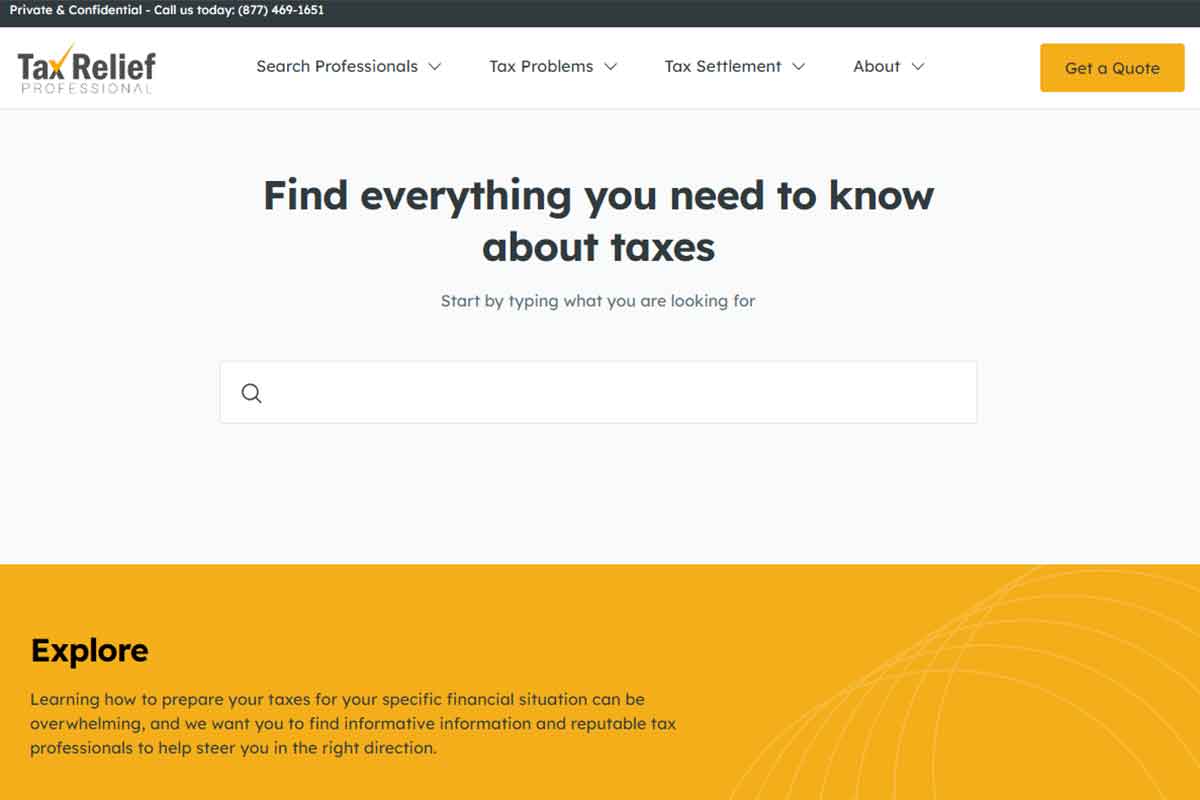Wondering How to File Business Taxes? Here’s Everything You Need to Know


written by Clinton F Wassor

reviewed by David J. Allen
According to Forbes, about 7% of the taxable individuals do not file their annual tax returns. Business taxes form a large part of the tax bracket. Of the 7%, the majority don’t know how to file business taxes as required by the law.
Filing of business taxes is a great deal of citizenship and goodwill for the nation. While many factors attribute to the failures to file returns, a large number of individuals don’t have the required knowledge.
In this post, we look into everything that entails filing business returns. Keep reading to learn more!
What You Need To Know About Business Taxes
This section explains the forms of that taxes that you file, report, and pay as business taxes. There are five types of business taxes that you should be aware of!
Income Tax
Business entities are required to file income tax returns. However, partnerships do not fall under this category. Partnerships file information returns.
Income tax is paid on pay-as-you-go mechanisms- you pay the tax as you receive income. If you are an employee, the tax is deducted from your basic pay. In the event you do not pay the tax on pay-as-you-go means, an estimated tax is imposed.
Filing income tax returns enables you to determine if there is any due tax or a claim for refund. If your earnable income is above $12000 or the unearnable income is above $1050, you are eligible to file returns.
Filing Form 1099
You submit Income tax using the Form 1099. For payment received in the prior year, fill the following info;
- Form 1098- reimbursements of overpaid interest from individuals or payment of mortgages
- Form 1099S- sale of real estate properties
- Form 1099B- brokerage payments
- Form 8937- Payment from securities
- Form 1099A- Payment of Debt Through Property
- Form 1099C- debt abandonment
Make sure to fill the correct information in each form.
In The IRS, there are forms within the Form 1099 where you fill information on payments made. Form 1099MISC has ten boxes;
- Box 1-Rent
- Box 2- Royalties
- Box 3- Awards and prices
- Box 4- Federal income tax withheld or backup withholding
- Box 5- Fishing Boat Crew Members
- Box 6- Health physicians and medical suppliers
- Box 7- Fish traders
- Box 8- Brokers, tax-exempt payments, and substitute dividend
- Box 9- Inventory
- Box 10- Crop insurance proceeds
You can only fill the payments made in the prior year. On the Form 1099, you should also fill the following;
- Form 1099 INT- Interest on business debt
- Form 1099 DIV- company shareholder dividends
- Form 1099 R- Insurance cost, profit plan, or retirement plan distributions
- Form 1099-K- Payment transactions
If you didn’t receive any of these payments, you don’t have to go through the process.

Estimated Tax
If you do not pay income tax through withholding from salary or if the amount deducted is less, you will have to make estimated payments. Income through prizes and awards, dividends, interest, and alimony fall underestimated tax.
When filing tax returns, you have to pay state all income and make the necessary payments. Failure to pay withholding tax in time leads to the imposition of penalties.
Form 1040-ES is used to figure out the estimated tax. To file the Estimated Taxes, you need to owe at least $1000 after tax deductions of withholdings and refundable credit. Additionally, the credits and withholding are expected to be 100% the total tax liability or 90% of the tax you expect to owe.
Self-Employment (SE) Tax
If you work for yourself, you have to pay tax. This tax acts as your cover for the social security coverage. To file self-employment tax, you have the SE form 1040 under the following terms;
- Net tax exceeds $400 annually
- If you are a church employee exempted from Medicare and social security and receive wages exceeding $108.28.
The SE tax rate is usually 15.3%. However, there are tax tiers put in place. You can consult a tax relief professional to get more expertise on tax rates for self-employment.
When filing the tax returns, figure out the total amount of tax subject to SE tax. This tax applies even at old age.
The schedule C or C-EZ helps you calculate the payable Medicare and Social Security taxes payable within the year.
Excise Tax
An excise tax is paid for the consumption of some products. Also know as duties, excise task in usually included the prices of goods such as alcohol, gambling, gasoline, and cigarettes. The tax is either imposed by the state of the federal government.
You must pay excise taxes on;
- Foreign insurance taxes
- Ship passenger tax
- Sport fishing equipment
- Air transport and communication taxes
- Purchase of trailers and trucks
- Ozone-depleting materials and petroleum spills
When filing excise taxes, you use Form 720 from the Internal Revenue Service (IRS). In the form, schedule A shows the total quarterly liability for taxes owed. Unlike other forms of federal taxes, excise duty is filed on a quarterly basis.
Employment Taxes
If you are a business owner or employer, you have the mandate to pay and file tax returns for your employees. As an employer, the law requires you to prepare the Form W-2, Wage and Tax Statement. This form is used to report wages, compensations, and tips paid to the employees.
To transmit form W-3 to the Social Security Administration, use Form W-3. Employment taxes also include;
- Medicare and Social Security taxes
- Additional Medicare tax
- Federal Income Tax
- Federal Unemployment (FUTA) Tax
When filing employment taxes, use the scannable printed version of the IRS form. You can be charged for using unscannable forms.
Exceptions of Filing Tax Returns
If you don’t engage in any business or trade, you are not required to file any returns. Additionally, if the payment was made to an incorporated business except for legal or medical services. If you engage in a business whose annual payments do not exceed $600, you don’t have to file taxes.
How to File Business Taxes – The Bottom Line
If you want to know how to file business taxes, the information above will help. Many technicalities happen when filing returns, and it can be easy to make filling errors. You need a qualified professional to guide you through the process.
If you need for information, be sure to browse our section for business taxes.










